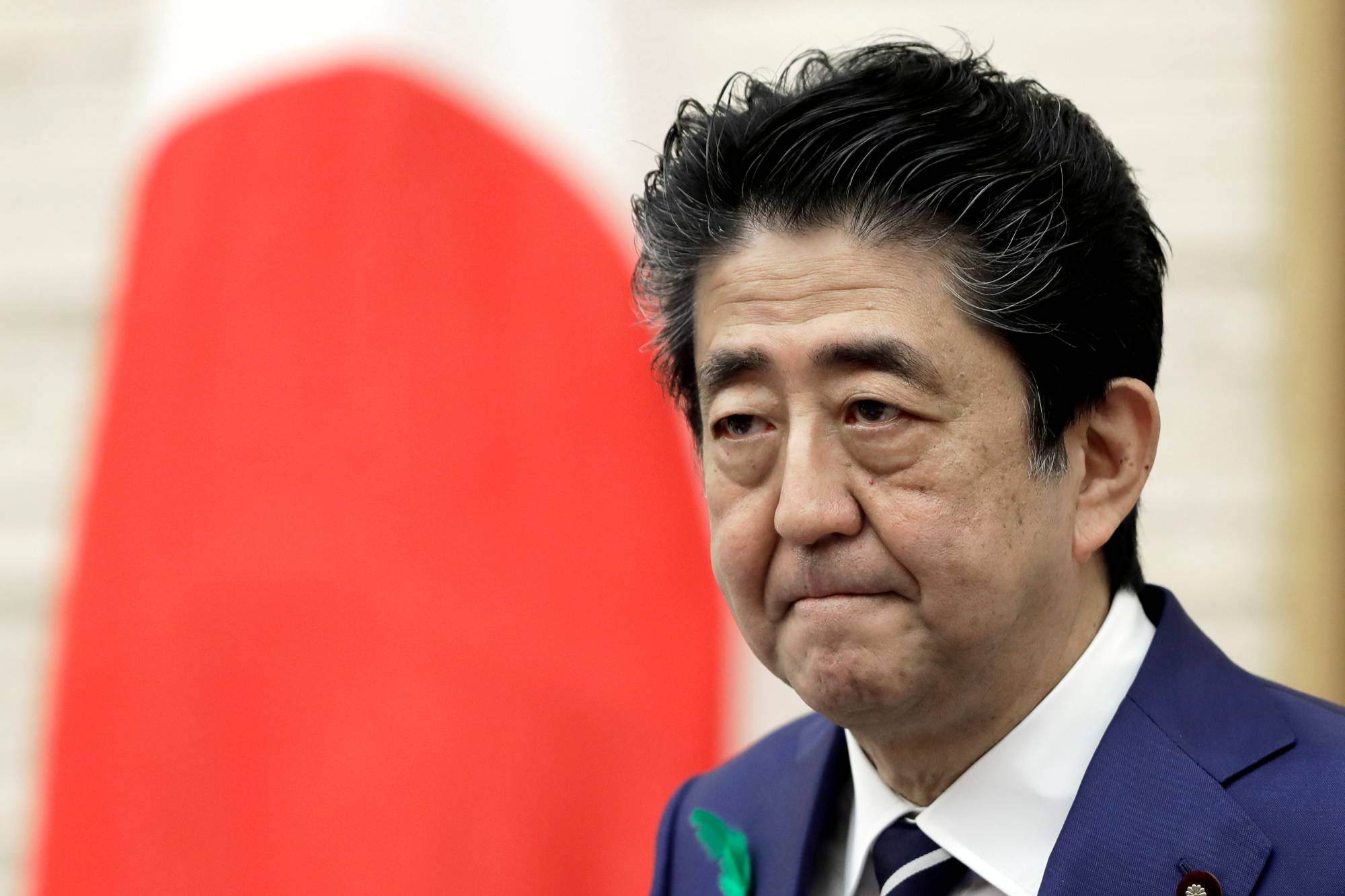Whether you have studied Japanese politics for years or you are only a casual observer, you are bound to have heard of the "danger zone" for Japanese prime ministers. As media reports and analysts have suggested, this is the zone in which a prime minister is at risk of leaving office, and it begins when public approval falls below 30 percent. But is there really a danger zone, and if so, what does that really mean?
Public opinion can be a problematic measure, so it is one that many scholars and practitioners often dismiss. Even in Japan, polling is imprecise and varies across different media outlets. Generally, they each target only about 1,000 to 2,000 respondents in every poll — 0.001 percent of the population — and the mode of communication (e.g. landline versus cell phone) for contacting respondents can affect the polling sample. In short, one can hardly claim polls as conclusive facts about public sentiment.
However, one thing about Japanese polling is that it is consistent. The media outlets that conduct these polls do so every month, with special polls in the event of elections, controversial legislation entering the Diet, or other significant events. This consistency is important because it provides a constant indicator to politicians. The fact that these numbers matter to them is why public opinion is able to influence Japan’s political institutions.



















With your current subscription plan you can comment on stories. However, before writing your first comment, please create a display name in the Profile section of your subscriber account page.